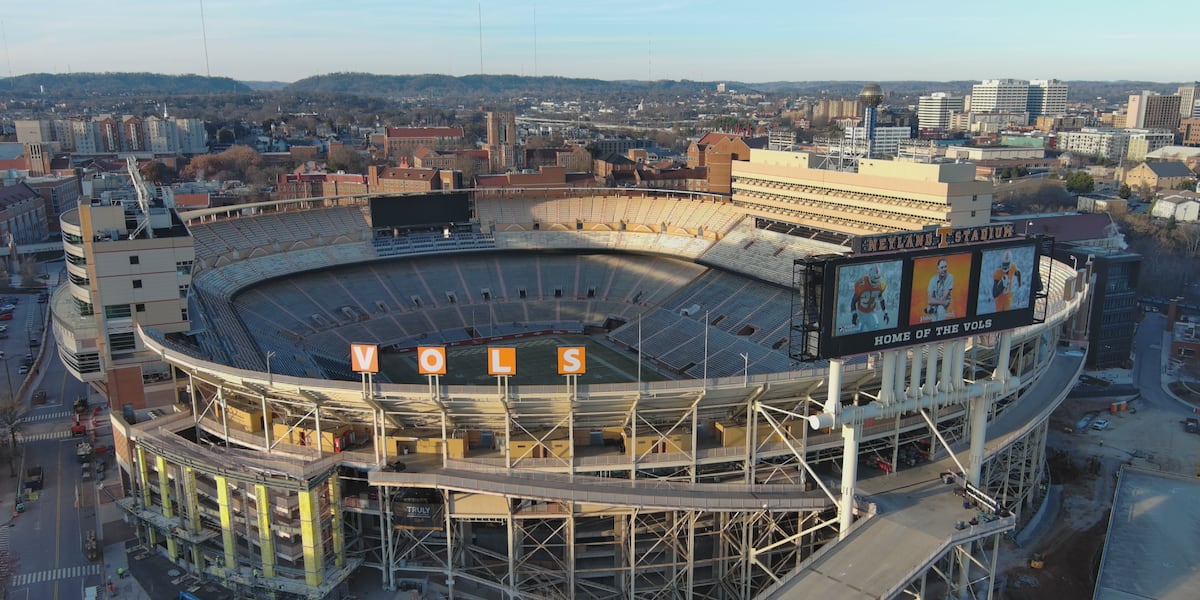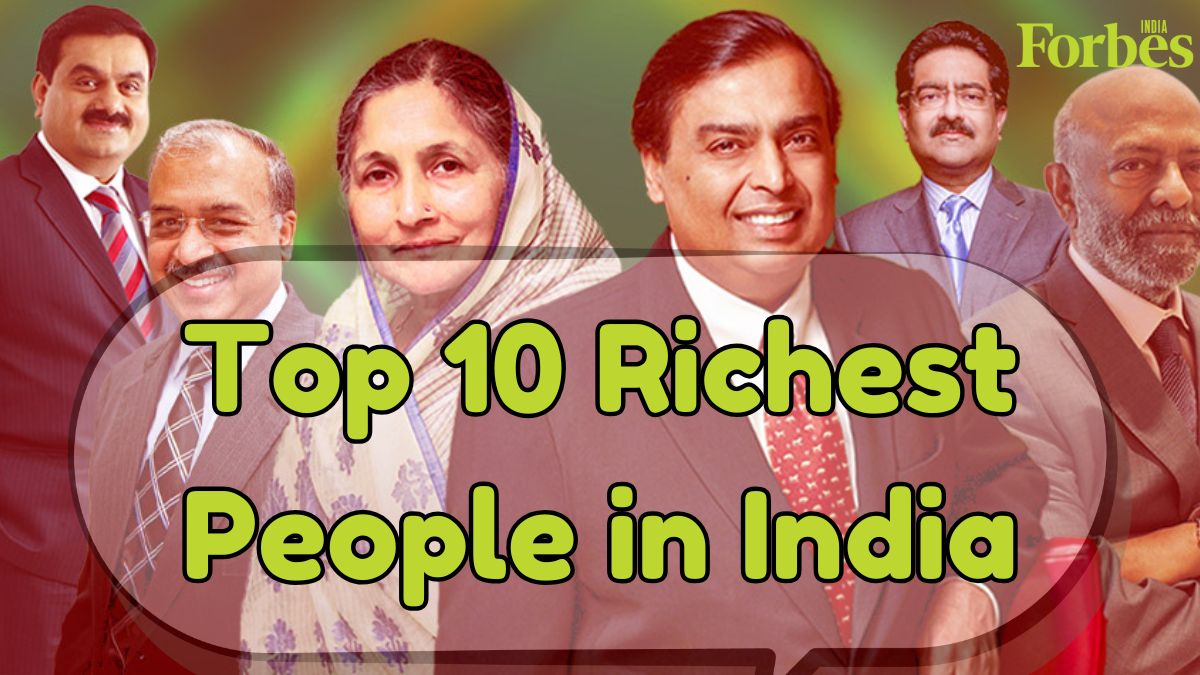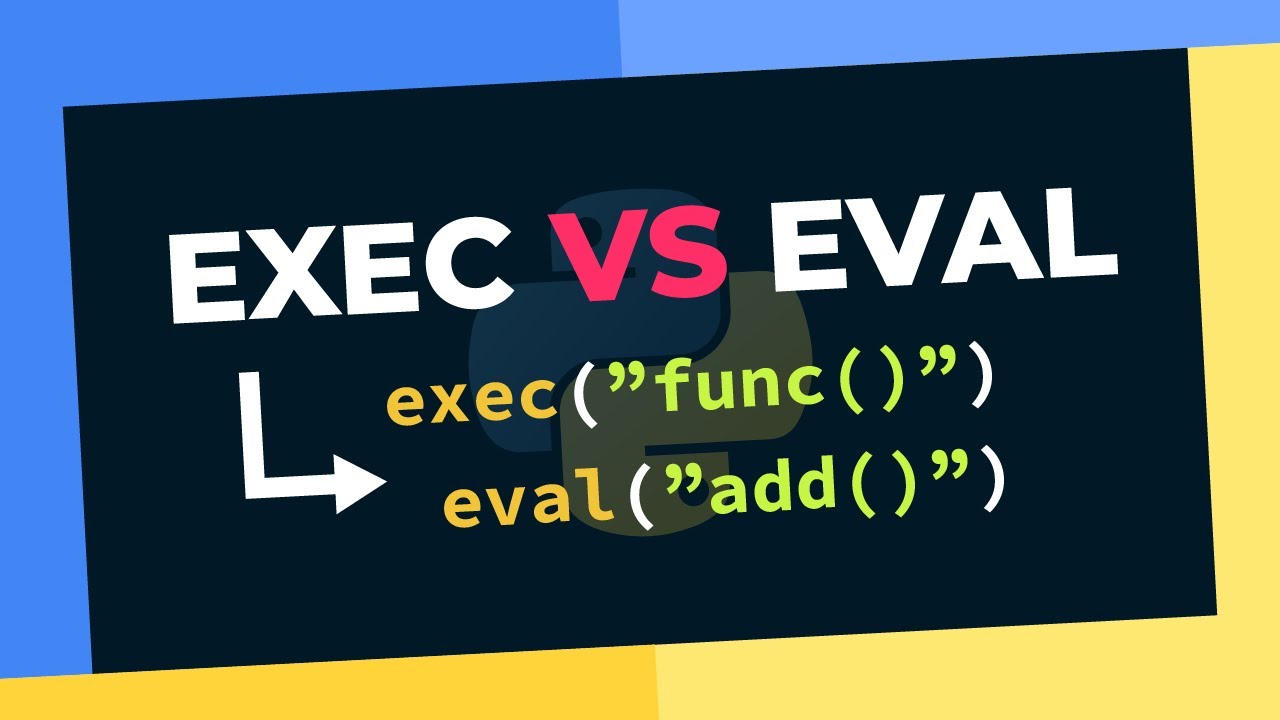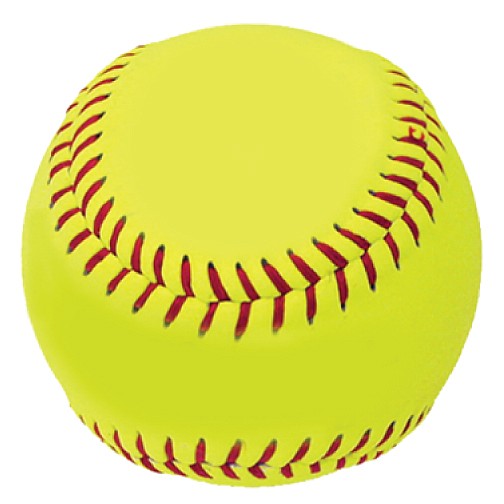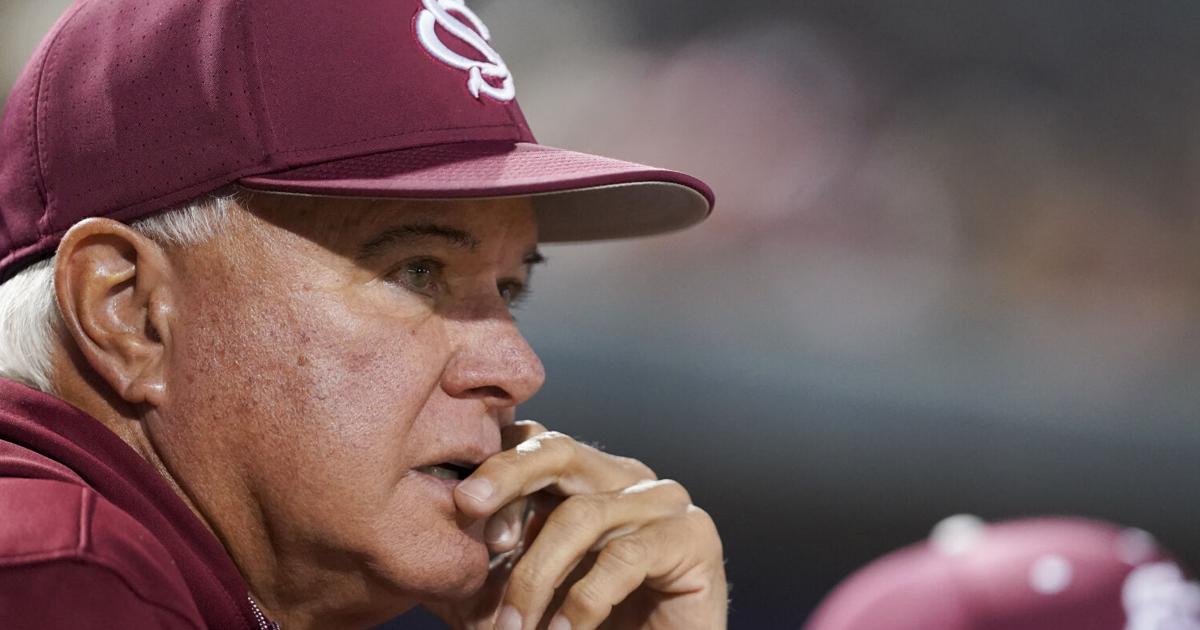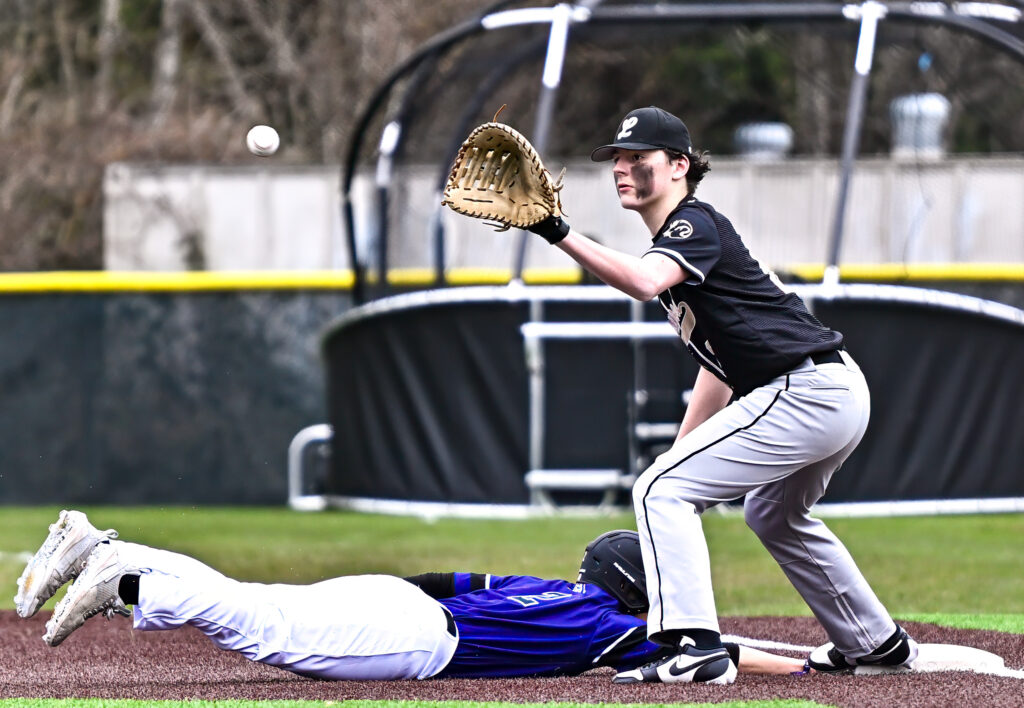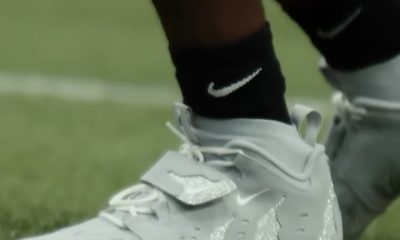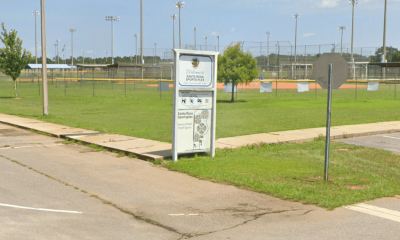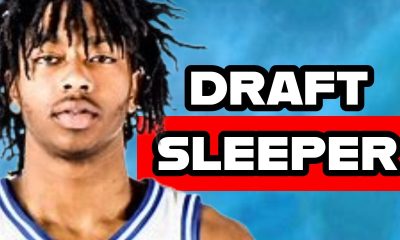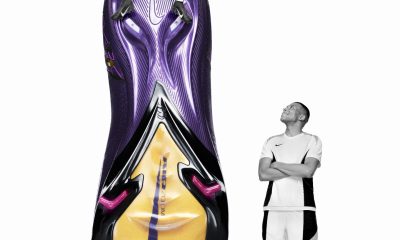Whether Cristiano Ronaldo is soccer’s GOAT is up for debate, but he turned in an all-time earnings year with $275 million, leading 10 superstars who collectively hauled in $1.4 billion.
For the third year in a row, and the fifth time overall, Cristiano Ronaldo is the world’s highest-paid athlete. But at age 40, the Portuguese soccer superstar is reaching new highs. Over the past 12 months, counting both his playing salary at Saudi Arabia’s Al-Nassr and his off-field business endeavors, Ronaldo collected an estimated $275 million before taxes and agent fees—the third-best year by an active athlete ever measured by Forbes.
On that all-time list, Ronaldo is surpassed only by boxer Floyd Mayweather, who earned $300 million in 2015 and $285 million in 2018. And when it comes to the 2025 leaderboard, Ronaldo has a $119 million advantage over No. 2, Golden State Warriors guard Stephen Curry.
The gap is especially impressive considering that Curry’s $156 million total is also a record for his sport, beating the NBA mark of $128.2 million set last year by LeBron James. And there are plenty of other eye-popping paydays among this year’s 10 highest-paid athletes, starting with James, who notched a personal-best $133.8 million to land at No. 6. Meanwhile, Dallas Cowboys quarterback Dak Prescott (No. 4, $137 million) and New York Mets outfielder Juan Soto (No. 7, $114 million) broke records for the NFL and MLB.
Combined, the 10 highest-paid athletes brought in $1.4 billion, up slightly from last year’s $1.38 billion and the largest total since Forbes began ranking athlete earnings in 1990. This year is also only the second time, after 2024, that every member of the top 10 made at least $100 million. In fact, heavyweight boxing champion Oleksandr Usyk ($101 million) and golfer Jon Rahm ($100 million) reached the milestone, too, without managing to crack this list.
World’s Highest-Paid Athletes 2025
VIEW THE FULL LIST
Two athletes—Curry and Los Angeles Dodgers two-way phenom Shohei Ohtani (No. 9, $102.5 million)—hit nine figures over the past 12 months with their off-field earnings alone, racking up an estimated $100 million each from endorsements, appearances, memorabilia and licensing fees. Only three other athletes have ever matched that feat while still active in their sports, according to Forbes estimates: MMA fighter Conor McGregor ($158 million in 2021), golfer Tiger Woods ($105 million in 2009) and tennis player Roger Federer ($100 million in 2020).
Neither Curry nor Ohtani has any known business connection to Saudi Arabia, which makes them something of an outlier for athletes in their income bracket. Three years after the kingdom shook up the sports landscape with the creation of LIV Golf, four members of the 2025 top 10 have significant ties to Saudi Arabia. Tyson Fury (No. 3, $146 million) fought Usyk twice in Riyadh while Lionel Messi (No. 5, $135 million) has a massive sponsorship deal to promote the country as a tourist destination, making up a significant chunk of his estimated $75 million in off-field earnings. And Karim Benzema (No. 8, $104 million) is based full time in Saudi Arabia, as a striker for soccer club Al-Ittihad.
Then, of course, there is Ronaldo, who has played in the Saudi Pro League for two and a half seasons—and earns an estimated $225 million on the field annually for doing so.
His paychecks demonstrate just how much this ranking has been supercharged. When he first grabbed the top spot, in 2016, his total was $88 million, and he boosted the number to $93 million a year later. Now, neither figure would place any higher than 14th among the world’s highest-paid athletes—and the sum of the two would still be $94 million short of Ronaldo’s big score this year.
His ascent may not be done yet, either. While Ronaldo’s contract with Al-Nassr is believed to expire this summer, rumors suggest that he may sign an extension with the club—or perhaps seek a lucrative deal elsewhere.
The World’s 10 Highest-Paid Athletes
#1 • $275M
Cristiano Ronaldo
Sport: Soccer | Age: 40 | Nationality: Portugal | On-Field: $225 million | Off-Field: $50 million
Diogo Cardoso/Getty Images
With a goal for the Portuguese national team in a UEFA Nations League match in September, Ronaldo became the first soccer player to score 900 times in official matches. He has been even busier away from the pitch, however. Over the past year, the Al-Nassr striker has added investments in wearable tech company Whoop, porcelain manufacturer Vista Alegre and supplement brand Bioniq. Then, in April, Ronaldo revealed he was creating a film studio as a joint venture with Matthew Vaughn, the writer and director of the Kingsman movies. Ronaldo has also extended into media in other ways, launching a YouTube channel in August that already has 75 million subscribers—on top of his 939 million followers across Instagram, Facebook and X. In addition to posting videos chronicling his experience at Paris Fashion Week and collaborations with top creator MrBeast, he turned his channel into a broadcaster in February, streaming a padel tournament in Riyadh. More than 600,000 viewers reportedly tuned in.
#2 • $156M
Stephen Curry
Sport: Basketball | Age: 37 | Nationality: U.S. | On-Field: $56 million | Off-Field: $100 million
Elsa/Getty Images
In 2023, Curry signed a long-term deal to extend his sneaker deal as the face of Under Armour’s Curry Brand well beyond his playing days, and it came with a major step-up in his pay—without even taking into account the $75 million in stock compensation he is set to receive, vesting in 2029 and 2034. The Golden State Warriors guard, who in March became the first NBA player to reach 4,000 career 3-pointers, is putting up plenty of other shots off the court as well. In the last year, he has invested in Nirvana water and the upstart women’s basketball league Unrivaled, teamed up with former first lady Michelle Obama to launch a sports drink brand called Plezi Hydration and accepted a role as assistant general manager for the basketball programs at his alma mater, Davidson College. And in a partnership with Peacock through his film and TV company Unanimous Media, Curry produced the documentary Sentenced and produced and starred in comedy series Mr. Throwback (although it was canceled after one season). On the court, Curry signed a one-year, $62.6 million extension in August that ties him to the Warriors through the 2026-27 season and has him poised to lead the NBA with his salary for the life of the deal.
#3 • $146M
Tyson Fury
Sport: Boxing | Age: 36 | Nationality: U.K. | On-Field: $140 million | Off-Field: $6 million
Richard Pelham/Getty Images
Fury’s enormous earnings total may ease his pain—literal and figurative—after a tough year in the ring. Previously unbeaten in 35 professional fights, the charismatic heavyweight champion lost his WBC title in a split decision defeat to Oleksandr Usyk last May, and he dropped the rematch by unanimous decision in December. A month later, Fury said on social media that he would retire from the sport at age 36—although the news was tempered somewhat by multiple previous retirement announcements over the course of his career. (After a 2022 victory over Dillian Whyte, for instance, Fury said that “no amount of money” could lure him back to the sport.) Outside the ring, the boxer known as the Gypsy King has a partnership to promote tourism to Malta, where he held his training camp for the second Usyk fight, and he has a Netflix reality show called At Home With the Furys. A second season has not been officially announced, but Fury was spotted filming last year.
#4 • $137M
Dak Prescott
Sport: Football | Age: 31 | Nationality: U.S. | On-Field: $127 million | Off-Field: $10 million
Jeffrey McWhorter/Associated Press
A four-year, $240 million extension with the Dallas Cowboys in September gave Prescott NFL records for average annual contract value ($60 million) and guaranteed money ($231 million), as well as the largest upfront payment in league history with his $80 million signing bonus. However, he ranks this highly among the world’s highest-paid athletes thanks to a quirk in the calendar and the NFL salary system. In March, the quarterback agreed to restructure his contract to free up salary-cap space for the Cowboys, converting $45.75 million of his base salary for 2025 into a signing bonus—and getting the money into his pocket quicker. The move essentially means Prescott is collecting two seasons of paychecks in the 12-month window covered by the athlete earnings ranking. Off the field, Prescott has one of the best sponsor stables in football, working with companies including Nike’s Jordan Brand, Dick’s Sporting Goods and Lowe’s, and he has been collaborating with a Crunch Fitness franchisee to open new locations in Texas.
#5 • $135M
Lionel Messi
Sport: Soccer | Age: 37 | Nationality: Argentina | On-Field: $60 million | Off-Field: $75 million
Megan Briggs/Getty Images
Perhaps no male athlete in the world means more to his league than Lionel Messi does to Major League Soccer, which has seen revenue and team valuations jump thanks to the “Messi Effect.” (In one sign of his unique position, MLS streamed his playoff games last year with a Messi Cam, trained solely on him.) Worryingly for the league, Messi’s contract with Inter Miami is set to expire this year, but the reigning MVP has reportedly been negotiating an extension to stay with the team. Messi, who received the Presidential Medal of Freedom in the final days of the Biden administration, may also be looking for an honor in his native Argentina: His Inter Miami teammate Luis Suárez recently claimed that Messi was hoping to play in the World Cup next year. Off the pitch, Messi’s lucrative endorsement deals include Adidas, which released a shoe collaboration between the soccer star and musician Bad Bunny in October, and he founded a production company called 525 Rosario in September, with plans for a sci-fi animated show featuring a 12-year-old Leo. Last year, Messi also announced that he was launching his own sports drink, named Mas+, although the brand has been locked in a legal battle with Logan Paul’s Prime Hydration over similarities in the bottles’ design.
#6 • $133.8M
LeBron James
Sport: Basketball | Age: 40 | Nationality: U.S. | On-Field: $48.8 million | Off-Field: $85 million
David Berding/Getty Images
After his 22nd NBA season ended with his Los Angeles Lakers being ousted in the first round of the playoffs—and with a decision looming on whether to pick up his $52.6 million player option for 2025-26—the 40-year-old James has floated the possibility that he might retire. “I’ll take some vacation time with the family,” the oldest current NBA player said recently on his podcast Mind the Game, “and see what this next journey looks like.” Whenever he decides to hang up his sneakers, the 21-time All-Star will have a business empire already in place. One of only two active athletes to have become billionaires, alongside Tiger Woods, James is the cofounder of entertainment development and production company SpringHill. The business lost $28 million on sales of $104 million last year, according to Bloomberg, but it is targeting profitability after a merger with the U.K.’s Fulwell 73 that reportedly came with a $40 million fundraise from existing investors. James is also an investor in tequila maker Lobos 1707, which sold a majority stake to spirits giant Diageo this year in a deal for the brand rights to Cîroc vodka. Among his more traditional partnerships, James has struck a deal with Mattel to become the first professional athlete with a Ken doll in his likeness.
#7 • $114M
Juan Soto
Sport: Baseball | Age: 26 | Nationality: Dominican Republic | On-Field: $109 million | Off-Field: $5 million
Tim Warner/Getty Images
A five-time Silver Slugger Award winner before he turned 26, Soto was always destined to sign a huge playing contract, but even against those heightened expectations, the 15-year, $765 million deal he signed with the New York Mets in December was a stunner. (At the time, only one other contract in the sport had topped $500 million, and that was Shohei Ohtani’s 10-year, $700 million deal with the Los Angeles Dodgers, which deferred all but $20 million for at least a decade.) Within days of Soto’s signing, the Mets’ ticket sales “exploded,” to use billionaire team owner Steve Cohen’s terminology, with club-record single-game numbers and a boost to the season-long base. Soto will also benefit beyond his paychecks thanks to perks including a luxury suite and premium tickets to home games and personal security guards. And he still has his endorsement deals, with partners including Celsius energy drinks, the video game Call of Duty and two companies based in his native Dominican Republic, Banreservas bank and Presidente beer.
#8 • $104M
Karim Benzema
Sport: Soccer | Age: 37 | Nationality: France | On-Field: $100 million | Off-Field: $4 million
Yasser Bakhsh/Getty Images
Benzema followed his onetime Real Madrid teammate Cristiano Ronaldo to Saudi Arabia in 2023, getting a huge raise to sign with the Saudi Pro League’s Al-Ittihad, but rumors now suggest the French striker could take his next cue from Ronaldo’s archrival, Lionel Messi. Citing anonymous sources close to Benzema—who is just a couple of years removed from being recognized as the world’s best male soccer player, as the winner of the 2022 Ballon d’Or—the New York Post recently reported that he was plotting a move to MLS ahead of the 2026 World Cup, which will be played in North America. Off the field, Benzema largely stays out of the limelight, working with a select group of sponsors, including Adidas. In an interview with Spanish TV channel Mega, he acknowledged that he preferred a low-key life in Madrid to his fame in Saudi Arabia, saying that in Spain, “sometimes I go out for dinner or go to the beach. Here, you can’t walk in the street—people are crazy about football.”
#9 • $102.5M
Shohei Ohtani
Sport: Baseball | Age: 30 | Nationality: Japan | On-Field: $2.5 million | Off-Field: $100 million
Megan Briggs/Getty Images
After deferring all but $2 million annually from his mega-contract with the Dodgers—he’ll collect $68 million a year starting in 2034—Ohtani got a disproportionately large boost from Los Angeles’ run to the World Series last year. MLB players receive shares of a postseason bonus pool depending on how far their team goes, so in addition to a championship ring featuring sapphires and diamonds in the Dodgers’ familiar blue and white, Ohtani got to take home a check for a reported $477,441. That is chump change, of course, next to his lucrative endorsement deals. Ohtani, who is the reigning National League MVP as a designated hitter and hopes to return to pitching this season as well, works with companies based on both sides of the Pacific, including New Balance and Beats by Dre in the U.S. and Kose skincare and Seiko watches in his native Japan. In March, seven months after he signed an exclusive global trading card deal with Topps, an auction featured a unique card with Ohtani’s autograph and the logo from the pants he was wearing when he completed MLB’s first season with 50 home runs and 50 stolen bases. Including the buyer’s premium, the sale price was $1.07 million.
#10 • $101.4M
Kevin Durant
Sport: Basketball | Age: 36 | Nationality: U.S. | On-Field: $51.4 million | Off-Field: $50 million
Kelsey Grant/Getty Images
Durant had a career highlight in February when he became only the eighth NBA player ever to reach 30,000 regular-season points. The rest of the season was tougher, however, as the high-priced Phoenix Suns stumbled to 11th place in the Western Conference, missing the playoffs and fueling speculation that Durant could be traded this summer. (The 15-time All-Star has one season remaining on his contract, for $54.7 million.) Luckily, Durant has had plenty of other wins, starting with an Olympic gold medal in Paris last summer with a performance that made him Team USA’s career scoring leader at the Summer Games. In August, he acquired a stake in French soccer team Paris Saint-Germain through investment fund Arctos Sports Partners, and he has since invested in sports apparel brand Homage. Meanwhile, Durant’s media company, Boardroom, recently unveiled a premium membership model and is partnering with Fanatics to launch a professional development program for athletes. Durant will also appear in Season 2 of the Netflix docuseries Starting 5, which is expected to be released later this year.
METHODOLOGY
Information about the methodology Forbes uses to compile this list, which captures income the athletes collected between May 1, 2024, and May 1, 2025, can be found here.
With additional reporting by Justin Birnbaum.

